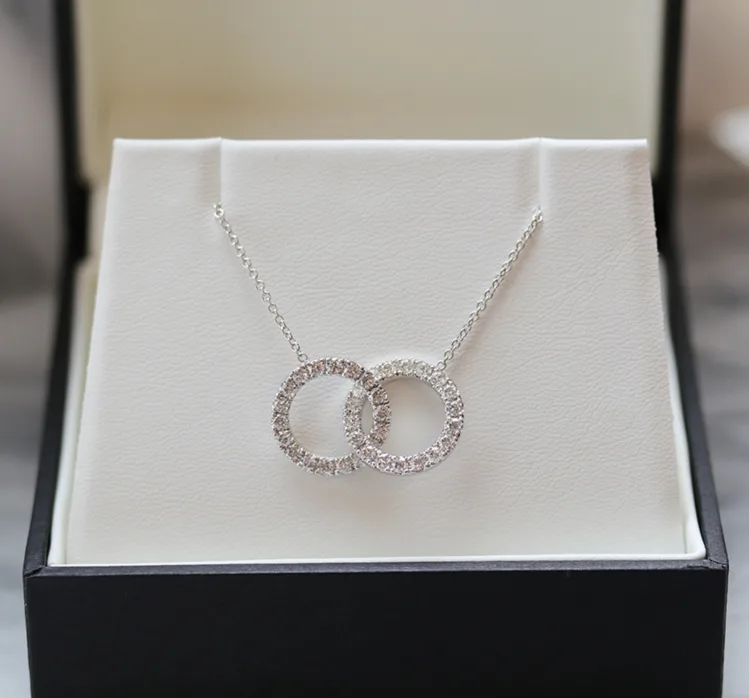Diamonds have long been symbols of love, commitment, and luxury. But what lies beneath the sparkling surface? Recent years have seen growing concern about the environmental and ethical implications of mined diamonds karma. Let’s dig deeper into the complex world of diamond mining and its karmic consequences.
Table of Contents
The Journey of a Diamond: From Earth to Market
The journey of a mined diamond begins deep within the earth’s mantle, where extreme pressure and heat create these dazzling gemstones. It’s a process that takes millions of years, and once formed, these diamonds are brought to the surface through volcanic eruptions.
However, the journey from mine to market is often fraught with challenges. Many of the world’s diamonds are mined in countries where labor laws are lax, and human rights are sometimes overlooked. The term “blood diamond” or “conflict diamond” has become synonymous with diamonds that fund violence and conflict in war-torn regions.
Environmental Impact: Beyond the Glitter
Mining for diamonds requires extensive excavation, leading to significant environmental impact. Vast areas of land are disturbed, disrupting ecosystems and wildlife habitats. Rivers are often diverted, and massive amounts of soil and vegetation are displaced. The carbon footprint from heavy machinery and transportation also contributes to global warming. It’s a high price to pay for a stone that fits in the palm of your hand, isn’t it?
Ethical Concerns: The Human Cost
Beyond environmental concerns, the human cost of diamond mining is often high. In regions where diamonds fund armed conflicts, workers can be subjected to dangerous conditions, violence, and even slavery. The Kimberley Process, established to stop the trade in conflict lab diamonds, has been criticized for its lack of effectiveness and enforcement. Is it possible to wear a mined diamond without feeling a pang of guilt?
The Alternatives: Ethical and Sustainable Options
Fortunately, there are alternatives to traditionally mined diamonds. Lab-grown diamonds, also known as synthetic or cultured diamonds, offer a more ethical and sustainable option. These diamonds are created in controlled environments, ensuring that no human rights are violated and minimal environmental impact is made. They have the same chemical composition and physical properties as natural diamonds, but without the bloodshed and ecological devastation.
Another option is to choose recycled diamonds, which come from existing jewelry. This reduces the demand for new diamonds and can be an eco-friendly choice.
Finding Karma in Your Choices
When it comes to choosing a diamond, the power is in your hands. By opting for lab-grown or recycled diamonds, you can ensure that your purchase doesn’t contribute to environmental damage or human suffering. It’s a choice that reflects positively on you and aligns with a more ethical, sustainable future.
If you do choose a mined diamond, look for ones that are certified by reputable organizations like the Kimberley Process. This certification can provide some assurance that the diamond wasn’t mined in a conflict zone, though it isn’t a guarantee against other ethical concerns.
Conclusion: A Diamond’s True Value
Ultimately, the value of a diamond is not just in its brilliance or rarity, but in the story behind it. A diamond that carries the burden of human suffering or environmental damage can lose its luster. By making informed choices, you can ensure that the diamonds you wear or give as gifts come with positive karma. So, the next time you’re in the market for a diamond, ask yourself: what kind of story do I want this stone to tell?



